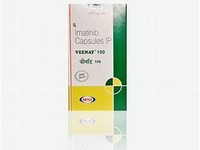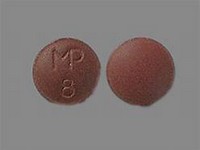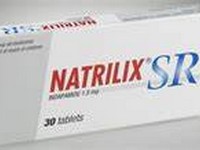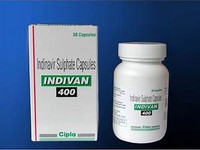Tirofiban
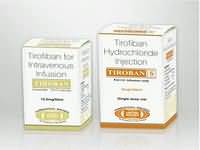
CLINICAL USE
Antiplatelet agent: Prevention of early myocardial infarction in patients with unstable angina or non-ST segment elevation myocardial infarction, and with last episode of chest pain within 12 hoursDOSE IN NORMAL RENAL FUNCTION
Initially 0.4 mcg/kg/minute for 30 minutes then 0.1 mcg/kg/minute for at least 48 hoursPHARMACOKINETICS
DOSE IN RENAL IMPAIRMENT
GFR (mL/MIN)
30–50 Dose as in normal renal function 10–30 Give 50% of doseDOSE IN PATIENTS UNDERGOING RENAL REPLACEMENT THERAPIES
IMPORTANT DRUG INTERACTIONS
Potentially hazardous interactions with other drugs Iloprost: increased risk of bleedingADMINISTRATION
Reconstition
–Route
IV infusion
Rate of Administration
0.1–0.4 mcg/kg/minuteComments
Add 50 mL of the concentrate (250 mcg/ mL) to 250 mL sodium chloride 0.9% or glucose 5%, to give a final concentration of 50 mcg/mL (remove 50 mL from bag first)OTHER INFORMATION
Antiplatelet effect lasts for about 4–8 hours after stopping infusion Main side effect is bleeding Increased risk of bleeding once renal function falls to a GFR<60 mL/min – monitor carefully .
See how to identify renal failure stages according to GFR calculation
See how to diagnose irreversible renal disease
Home

